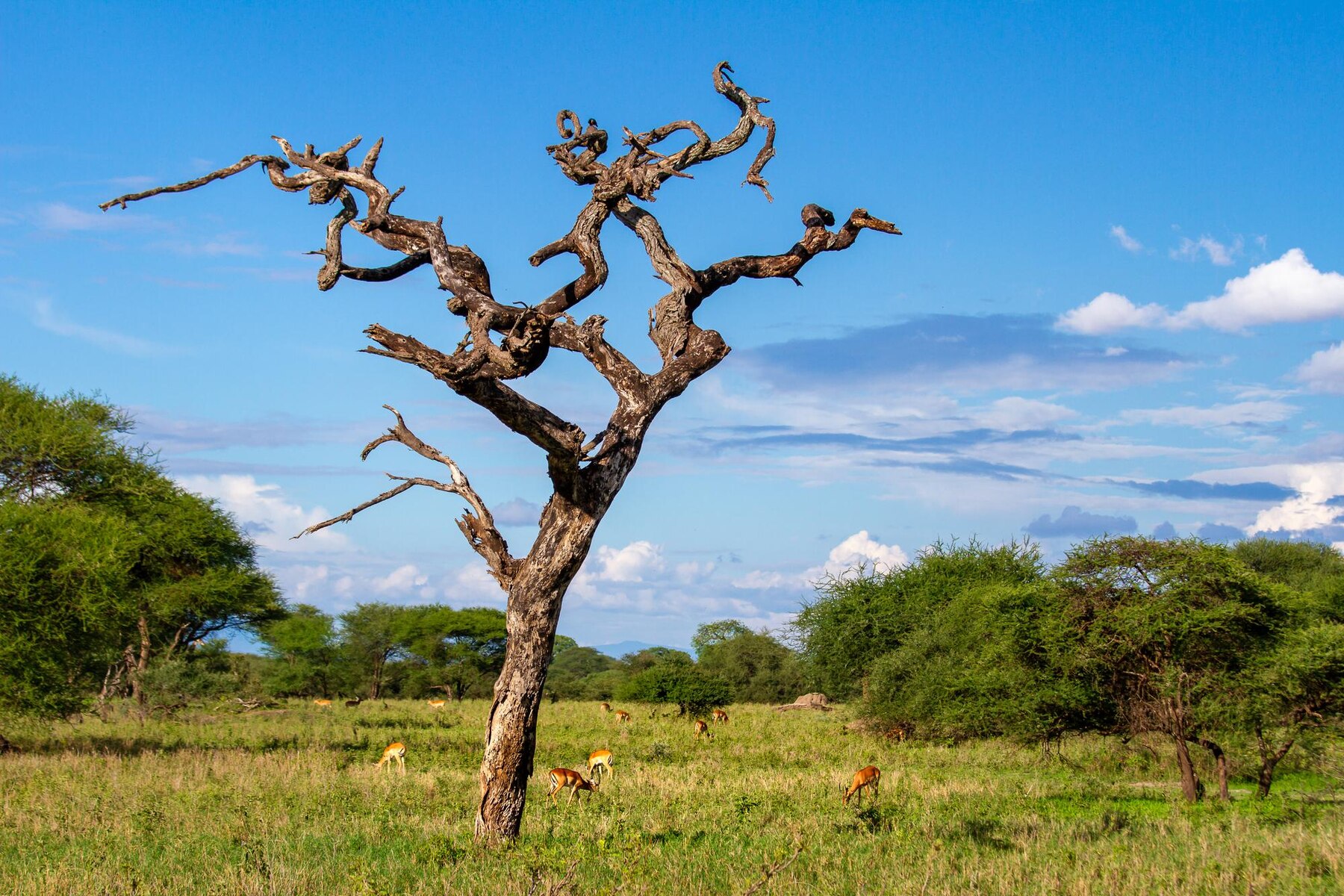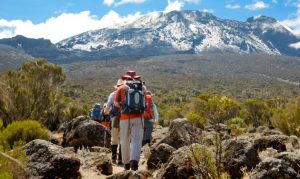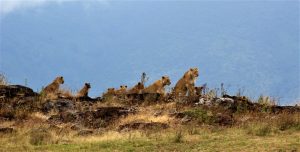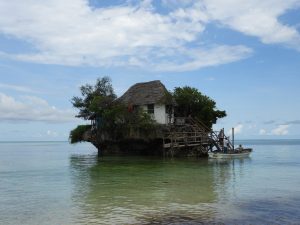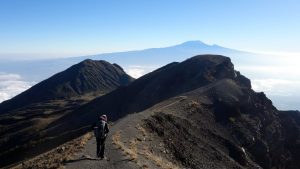What is a Safari? A Journey into the Wild
The safari is much more than a holiday; it is an adventure that feels like a journey into the very heart of nature. The beauty and untouched armies of wild animals beckon every adventurer to witness, see, and experience the kingdom of fauna. Coming from the Arabic word “safariya,” which means journey, the soul of the word safari is as age-old as several centuries, fusing adventure with the experience of peace associated with the observation of wildlife in its natural environment. Today, the very word “safari” describes an expedition in the wilds of Africa and an inimitable experience that places in one’s lap, nature’s grandiose beauty.
The Origins of Safari
Safari dates back to the 19th century during the period of European exploration in Africa. Beginner safaris were majorly hunting expeditions, where explorers and colonialists would take months-long trips to hunt big game like lions, elephants, and rhinos. The expeditions were tough, extending over numerous months, requiring very careful planning, large teams of porters, and deep knowledge of the land.
However, with increased awareness on conservation, the nature of safaris changed. By the mid 20th century, hunting safaris started diminishing and photograph safaris followed, with the thrill of the chase superseded by the excitement of besting the others by capturing the spotted creatures on the camera and not with a gun. This marked the beginning of safaris as we know them today—the adventure of observing and experiencing wildlife conservation.
The Modern Safari Experience
Today’s safari vacations are customized to envelop travelers in the outdoor world, offering a chance to see wildlife up close from as near as possible — often from a 4×4 vehicle, a boat, or sometimes on foot with guides well-acquainted to the local ecosystem.
Types of Safaris
Game Drive Safaris:
The most common type of safari game drive is a wilderness exploration in a vehicle designed for the game. Most often, game drives take place at sunrise and sunset, when most animals are still active. Visitors on this type of safari will, guided by experienced guides, encounter the “Big Five”—lion, leopard, elephant, buffalo, and rhino—and more wildlife in the bush.
Walking Safaris
For anyone in search of an intimate relationship with nature, a walking safari is the way to go. It is guided by professional guides who, together with an armed ranger, walk through the bush viewing the flora and fauna, tracking animals, and being on foot in the wild.
Safaris by Boat:
In countries with big rivers or lakes, boat safaris reveal another dimension to wild life. Tourists are enabled to see other animals like hippos, crocodiles, and other species of birds nearby as they ride on the serenity of the water surface.
Hot Air Balloon Safaris:
For an experience one shall stay speechless about forever after, there is the hot air balloon. To get a close view of the landscape and its animals from an eagle’s view, tourists cruise in the savannah at dawn silently, experiencing the splendor of the African wilderness from a totally different point.
Luxury safaris combine adventure with luxury—even comfort and style in the midst of the wild, targeting those needing a lot of comfort among other things. Commonly, luxury safaris include fancy in-game stays in lodges or luxury tented camps with fine dining and exceptional service, where one has access to critical areas for viewing wildlife.
Wildlife and Ecosystems
What makes a safari such an attraction is the great diversity of wildlife and ecosystems one may find. African countries host some of the most iconic animals in the world, and each destination provides different experiences depending on geography and biodiversity.
The Big Five:
Big Five: Originally, the term “Big Five” was used in hunting to refer to the five most difficult animals to hunt on foot, but it is now applied to mean the most sought-after sightings on a safari. This list includes the lion, leopard, elephant, buffalo, and rhino. Each of these creatures symbolizes the wild and performs a very vital function in the ecosystem.
Birdlife:
In fact, Africa is considered to be the birdwatchers’ paradise, with more than 2,300 species having been listed in the entire continent of Africa. The birdlife makes the safari experience simply fantastic—from the majestic African fish eagle to the colorful lilac-breasted roller.
One of the most thrilling aspects of going on a safari is the opportunity to view, and even at times get up close and personal with, the dynamic interactions between predators and their prey. Whether it is the pride of lions sneaking up on a wildebeest or a leopard patrolling for its next meal, this is what makes it real and raw in an unfiltered circle of life.
Unique Habitats:
From the open savannahs in Serengeti to the dense forests in the Congo Basin, Africa’s amazing landscapes provide all kinds of habitats for wildlife. Each area represents an ecosystem in its right, and this exploration comprises an important part of the safari experience.
Conservation and Responsible Tourism
If safaris began as a hunting trip, today, it is the philosophy of conservation that is the hallmark of the experience. Sustainable practices by tourists are integral to the vision of preserving these invaluable ecosystems and their denizens for future generations.
Wildlife conservation
Many of these operators are involved in active conservation efforts, from anti-poaching initiatives to habitat restoration projects. In this way, at least through participation in safaris, travelers support such initiatives that help to protect endangered species and preserve critical habitats.
Community Engagement:
Most sustainable safaris involve local communities in the economic activities, thereby providing economic opportunities to people and the ability to self-manage their natural surroundings. This type of tourism not only supports the livelihoods of the people residing in these areas but also deeply connects travelers to the cultures they are visiting.
Eco-friendly Practices:
Many of the lodges and camps are actively incorporating measures to become more environmentally friendly; these can include the use of renewable energy, waste reduction, and using local, sustainable food. All these efforts reduce the footprint of safaris on the environment and make for sustainable travel.
Planning a Safari
Any safari needs careful planning to make it rewarding and memorable. Here are the most important considerations:
Destination:
A number of safari destinations are present on the African continent, and each definitely has got its appeal. Leading the pack when it comes to places of visit are the Serengeti in Tanzania, Maasai Mara in Kenya, the Kruger National Park in South Africa, and the Okavango Delta in Botswana. How are you going to pick one? Your best bet would depend on what type and season of wildlife you want to see and the level of comfort required.
Time
Timing matters the most. Take, for example, the Great Migration in the Serengeti. This is when millions of wildebeest and zebras migrate in search of greener pastures, and the feat is usually performed from June to October of the year. Meanwhile, game viewing is best between the dry season when animals would be closer to waters.
Safaris can cost from relatively to very diversely priced, from budget to ultra-luxury. Establish a budget from what you expect and need, be it a rustic adventure or a high-end retreat.
Accommodation:
This can range from a basic campsite to very luxurious lodges or even tented camps, depending on the level of comfort desired and its location in relation to the areas where wildlife is viewed.
Guides and Operators:
The quality of a guide can really make or break a safari experience. Go for well-respected safari operators with guides who have knowledge of the behavior of animals, history of the region, and issues concerning conservation.
The Magic of a Safari
Beyond the seeing of animals, a safari is about the raw beauty of nature, gaining rapport with the rhythm of the wild, and awakening to a greater appreciation of life on Earth. Whether you’re witnessing the majesty of a lion’s roar at dawn, marveling at the grace of a herd of elephants, or simply soaking in the serenity of the African landscape, a safari is a journey that touches the soul.
For most, the safari experiences are long after the completion of the trip; hence, an eternal quest for nature and wildlife conservation is born. The experience of the safari, with nature increasingly under threat, is a potent reminder of the importance of keeping protected the wild places on our planet.
Conclusion
A safari is an adventure per se: the chance to step into the wild and witness some of the most miraculous things life presents. There is something really thrilling and fulfilling about a safari experience, be it the adrenaline rush from the Big Five, the varying landscapes of Africa, or the fact that your visit shall be of help in conservation efforts. But most importantly, as you start to plan your safari into the wild, remember: a safari is not just a holiday but a life-changing experience which will leave you absolutely awe-stricken by the marvelous creatures that share our planet.

